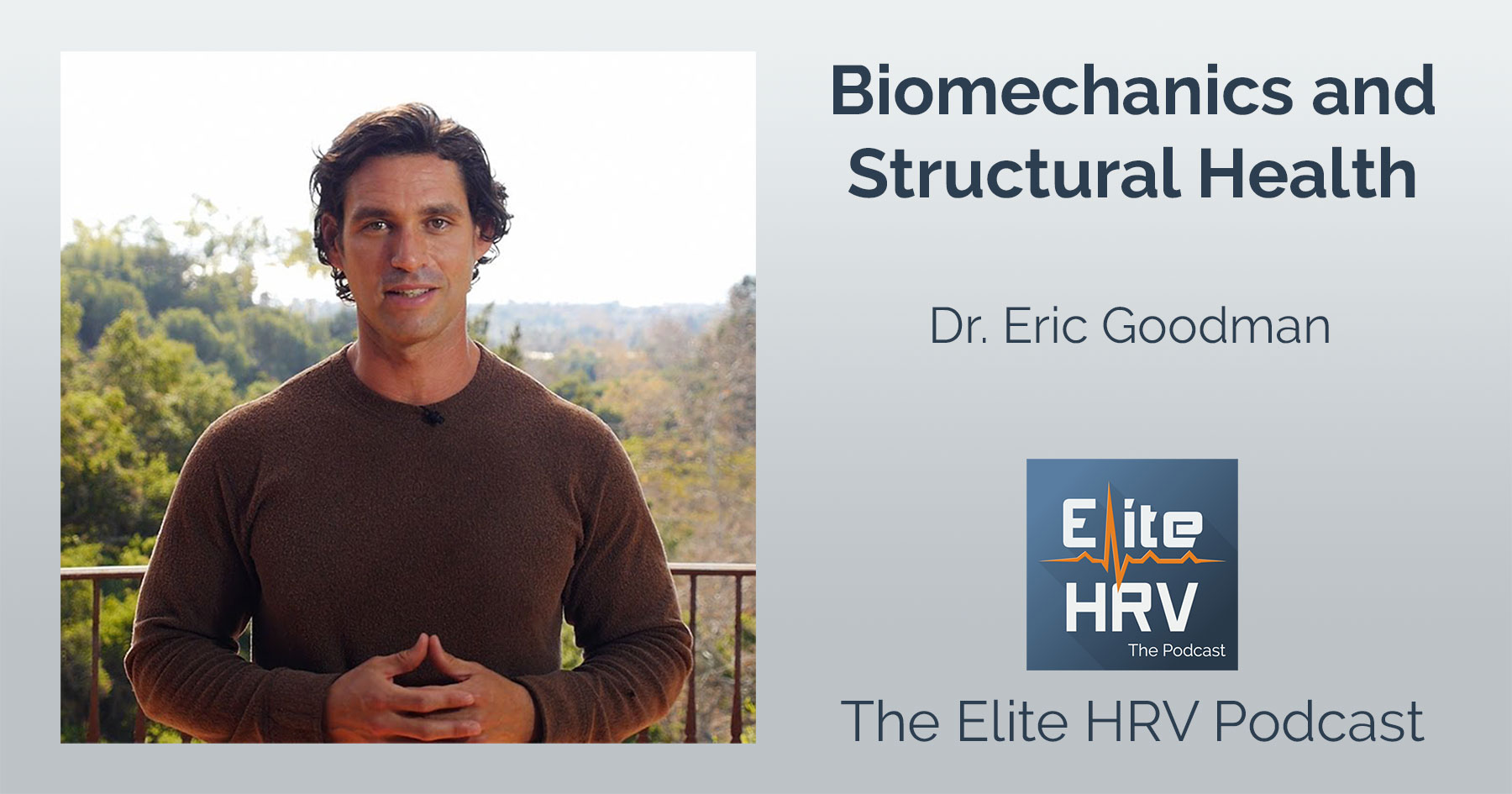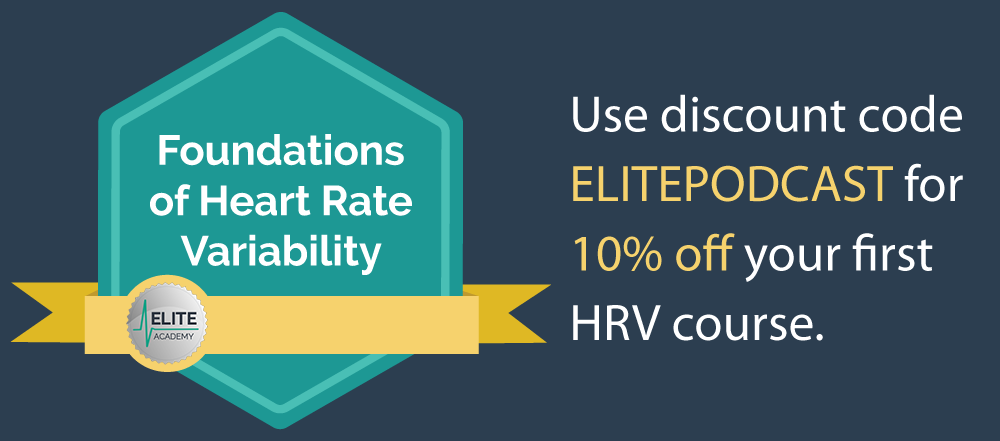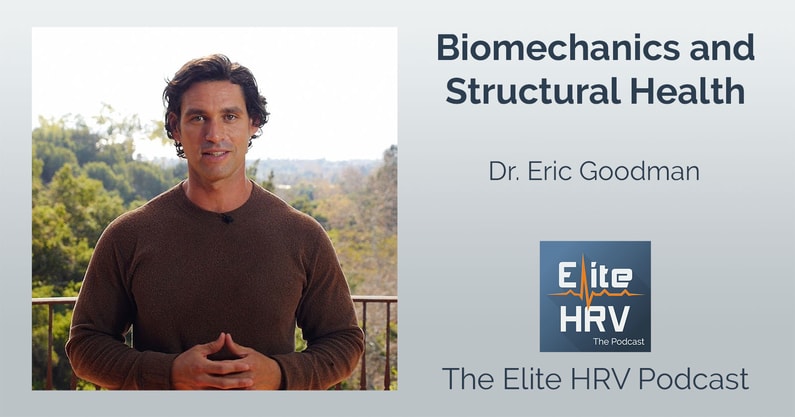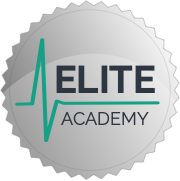In This Episode
3:00 – From chiropractic to biomechanics, avoiding surgery for back issues
7:30 – Quietly suffering back pain doesn’t have to be “normal”
7:45 – When the center of your body has gone haywire and become weak
9:15 – Pain sensitivity is just as individual as “body type”, as influenced by many factors
10:15 – How technology contributes to postural challenges
12:00 – Complacent adaptation, unconsciously adapting towards bad body positions and movement patterns
15:00 – Winning the tug of war game against gravity for better structural health
18:30 – Mobilizing resources in the body for the wrong type of stress, physical vs mental stress
19:00 – Why Dr. Eric Goodman believes that optimizing the body’s communication pathways (the nervous system) is one of the most important components of health and performance
25:00 – Trunk compression can suppress posterior chain activity in human movement. Not good.
29:00 – Rib cage positioning leading to ab, quad & hip flexor over-dependency. Get your posterior chain back.
30:30 – The most fundamental movement of the human body, hip hinging, and how to re-train it
34:00 – The relationship between the vagus nerve and the posterior chain. Discussing HRV and biomechanics with Dr. Eric Goodman.
35:00 – The SCM, the grand stabilizer of the spine, is at the base of your skull. Is your SCM functioning well?
39:00 – Changes in body position impact your heart rate variability
41:00 – Hypo mobility and hyper mobility. There are better and worse ways of achieving the same body positions.
43:00 – Controlled chaos, being flexible trumps rigidity in most cases
47:00 – Taking control of your health: self experimentation vs population statistics
52:00 – Building self awareness: One of the most important improvements you can make for health or performance
55:00 – At best, OVER quantifying your life is a waste of time. Worse, it could stop/reverse progress.
60:00 – Small daily doses. 5-10 minutes a day is harder than you think.
1:01:00 – Primary and secondary support structures. The roles of muscles, joints, and connective tissue in biomechanics
1:05:00 – Why start with isometrics before dynamic movement for biomechanical and postural reconstruction
1:09:00 – Believe in the resilience of the human body. It’s almost never too late.
1:12:00 – Physical confidence and self confidence go hand in hand.
1:17:00 – A lot of travel or driving? You can still improve your structural health.
1:18:00 – Adaptability is priceless.
1:24:40 – From spinal injury induced quadriplegia to free standing, in part by using Foundation Training
1:30:00 – The new online resources for Foundation Training – a world class guide to biomechanics
1:36:00 – One thing you can add to your routine to make the biggest difference in your health & performance





